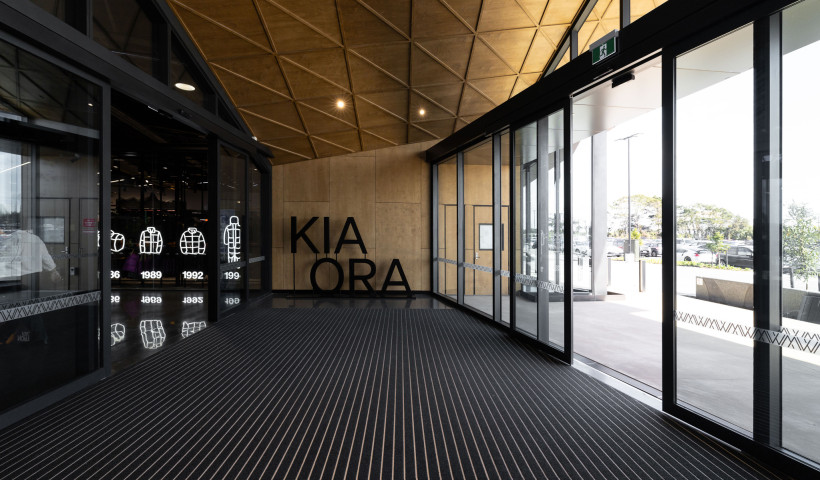
Around 60% of all domestic noise complaints are the result of impact noise, particularly footfalls. As well as their practical and aesthetic considerations, flooring selections will play an essential part in reducing ambient noise.
Whether it comes from inside or out, all sound within a building will either be absorbed, reflected or transmitted via walls, ceiling and flooring. Design, construction methods and materials fundamentally affect the way sound travels within a building. Hard floors can both reflect and create noise, making for an unpleasant living and working environment.
Probably the two best floor coverings for noise reduction are carpet and rubber. They both offer tangible advantages over hard flooring, and because each suits certain spaces, they can be used to complement one another both practically and visually.
Rubber flooring is known for its ability to absorb impact noise, as well as being slip and mould resistant. Neoflex Recycled Rubber Flooring will absorb 13 dB at a thickness of 4mm, and increasing thicknesses — up to 75mm for high-impact tiles — will absorb even more. The combination of noise absorbency, safety, durability, comfort and aesthetic appeal gives Neoflex a great many advantages for high-traffic, heavy-use areas. They are an excellent choice on stairs for both noise control and durability, and EPDM rubber can also be used outdoors.
For offices, reducing noise pollution considerably enhances the feeling of well-being, and carpet is an ideal all-round solution. It offers the best noise reduction of all flooring materials, dramatically reduces sound reverberation, and absorbs over 10 times more airborne noise than any other material. The BLOQ Range and Kingston range of carpet tiles are both excellent options, with BLOQ providing up to 27dB in sound reduction with a standard backing or higher with an acoustic backing.













 New Products
New Products













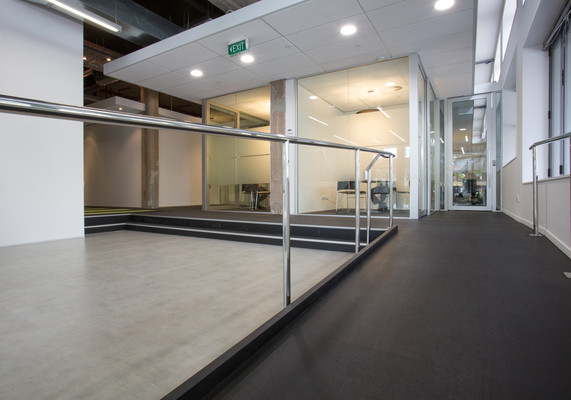
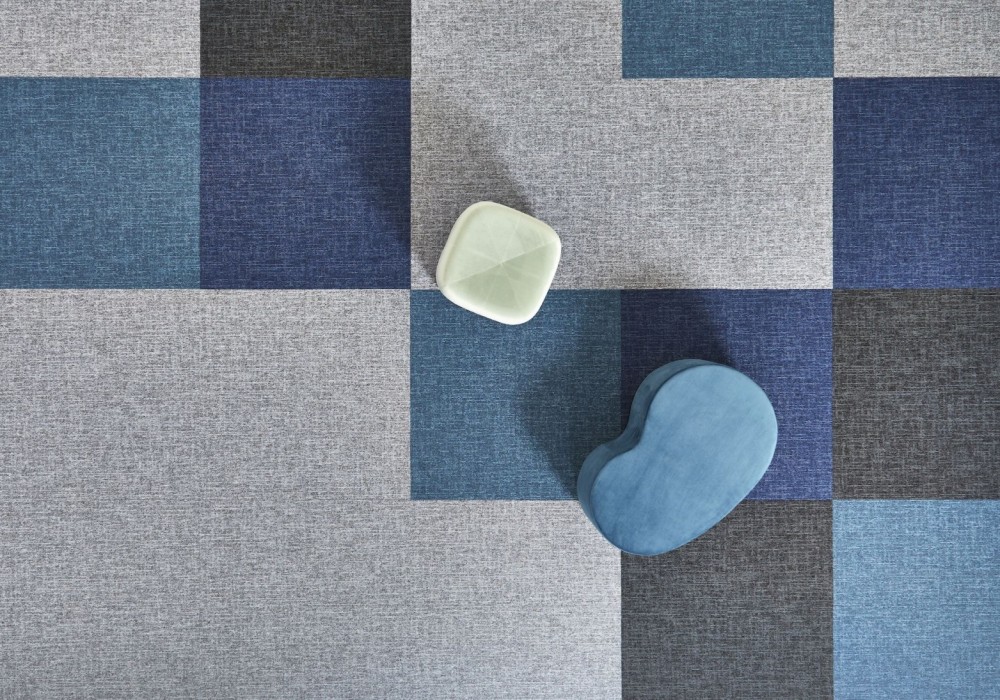
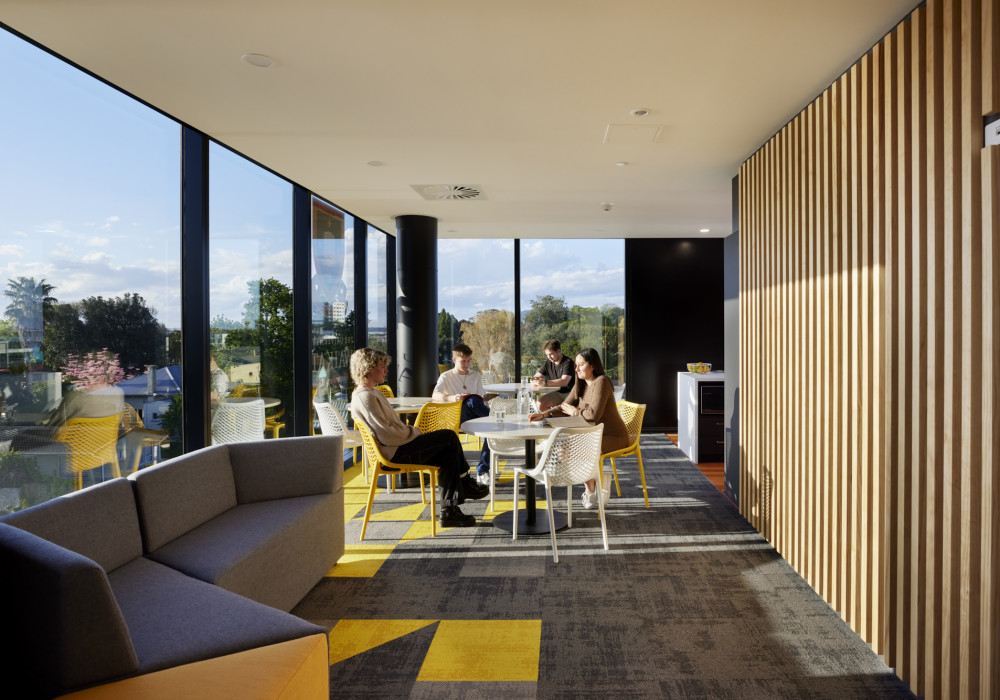

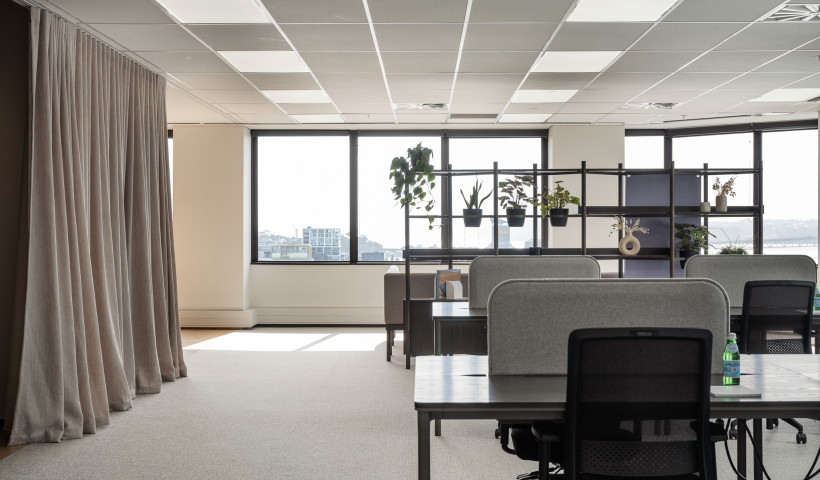
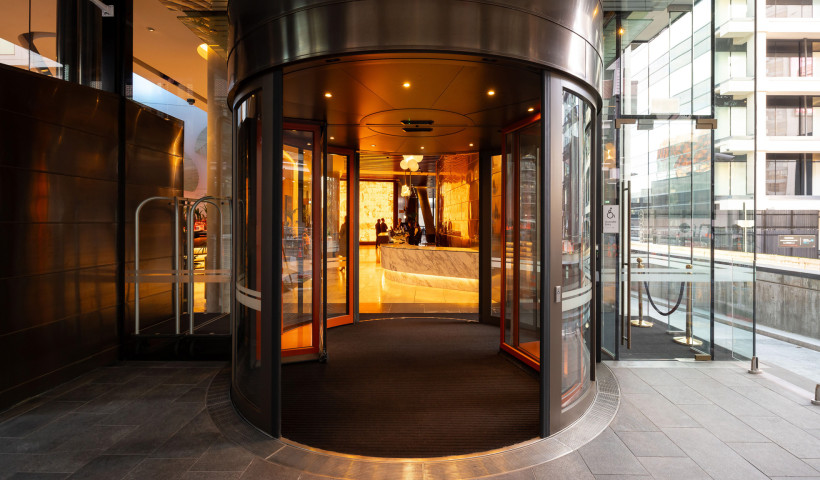
 Popular Products from Advance
Popular Products from Advance


 Most Popular
Most Popular


 Popular Blog Posts
Popular Blog Posts
